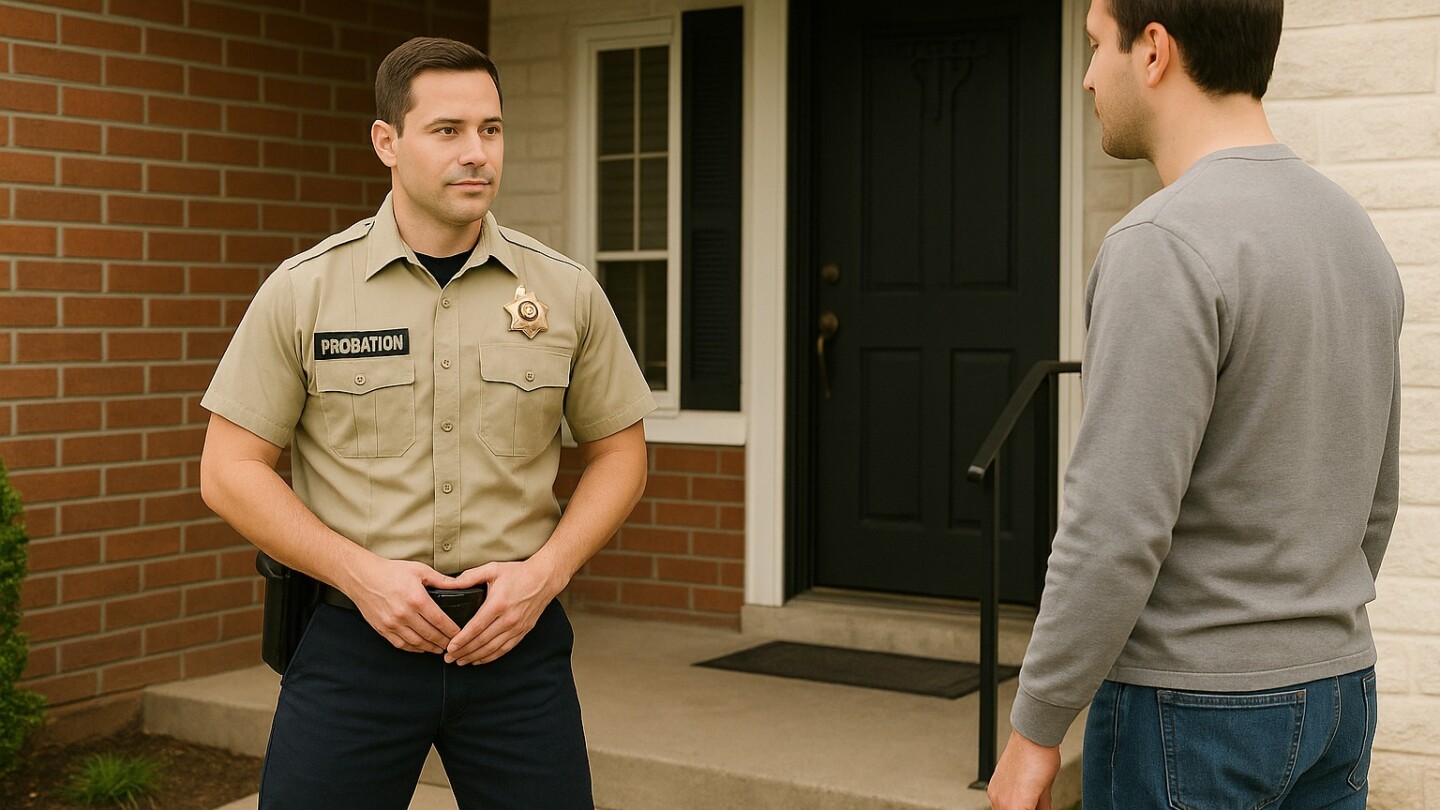Probation and Parole
Probation and Parole are critical components of the correctional system, focusing on supervising and rehabilitating individuals outside of incarceration. This directory provides articles and resources on the processes, challenges, and best practices for managing probation and parole cases. Understanding these aspects is essential for ensuring compliance, reducing recidivism, and supporting successful reintegration into society. For related content, explore our section on recidivism.
Turning complex data into actionable strategies for staff, inmates and facilities
Why intensive, accountable treatment courts beat “probation as usual” and how agencies can target the right people, measure results and keep communities safe
Probation officials transferred 39 detainees to Barry J. Nidorf without required reinspection or clearance from regulators
Overloaded caseloads and scarce resources limit community corrections — but smarter supervision, proven practices and strong partnerships can change outcomes
Officers in community corrections face real risks of being followed — here’s how to stay aware, confirm suspicions, and respond safely
Despite relatives urging compassion, the board said Erik and Lyle Menendez’s conduct showed selfishness and ongoing risk to public safety
The panel pointed to repeated cellphone use and alleged gang involvement as reasons for denying parole for three more years
Lyle and Erik Menendez are set for separate parole hearings that could lead to their release nearly 30 years after their convictions for killing their parents
The man allegedly grabbed a correctional officer by the throat, punched him in the face and knocked off his glasses, then struck him three to four more times
Family members said the lack of parole — and the new parole guidelines — take away hope and create dangerous conditions inside an overcrowded prison system
A judge recently resentenced the Menendez brothers to 50 years to life, making them immediately eligible for parole
Investigators had found no signs that the suspect and Agent Joshua Byrd had any prior contact
The new guidelines place greater weight on an inmate’s original crime and in-prison behavior when determining parole readiness
Agent Joshua Byrd, 40, who leaves behind his wife and three children, began his career with the department as a cadet in 2014
How GPS monitoring, risk assessment and interstate parole policies support safe reentry for individuals on California’s sex offender registry
The 77-year-old inmate, imprisoned since 1971, must still clear legal review and approval from Gov. Gavin Newsom
Gov. Laura Kelly and law enforcement leaders pressed for a reversal in the case of Jimmie Nelms, who shot the trooper with his own service weapon
Erik and Lyle Menendez, convicted of killing their parents in 1989, are now eligible for parole after a California judge reduced their life sentences under the youthful offender law
The Michigan DOC report highlights 36% drop in inmates and a recidivism rate below 23%, as reentry programs show long-term impact
Using proper positioning during field and home visits can improve officer safety, build control and allow quick response to unexpected threats
A 40% call-out at Los Padrinos on Easter Sunday forced the Probation Department to redeploy officers, leaving thousands of probationers with little to no supervision
Raul Gomez-Garcia, convicted of killing Detective Donald Young in 2005, was denied entry to a youth-focused prison program because he did not meet eligibility requirements
Tracking, texting, treatment — this multitool is changing the game for community supervision agencies and their clients
The state spends $307,468 per prisoner, which is double Vermont, the second-place state, and dwarfs the $23,000 Arkansas spends on each prisoner
Officials said Yolanda Saldívar, who is serving her sentence in a Gatesville prison for fatally shooting Selena, continues to show disregard for public safety
Yolanda Saldívar, a former nurse and the founder of Selena’s fan club, was convicted of first-degree murder and has served her sentence at Patrick L. O’Daniel
The three-year prison program, created by lawmakers in 2016, is open to inmates convicted of certain crimes they committed when under the age of 21
Los Angeles County District Attorney Nathan Hochman said he opposes a new trial for Erik and Lyle Menendez
The Probation Department is working to meet staffing requirements by offering $24,000 signing bonuses and a new standby program that pays officers to be “on call”
MOST POPULAR
- Teen who killed Pamela Smart’s husband freed 25 years later
- Roundtable: How the corrections profession was challenged in 2023
- Nature vs. nurture: Which causes crime?
- How to conduct a home placement investigation for probation or parole cases
- Is LA County putting itself at legal risk by sending light-duty probation officers home?






























